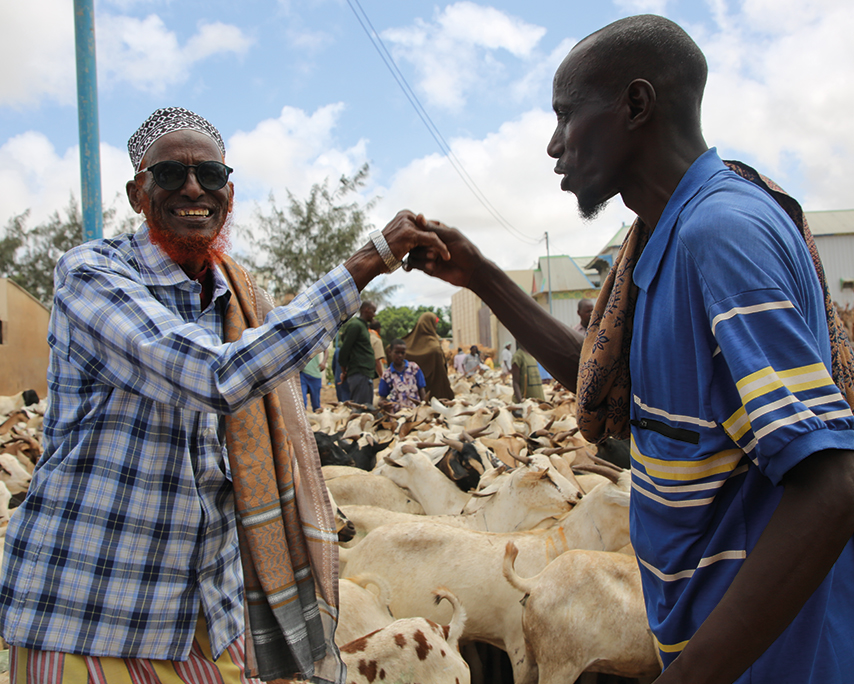International Day of Cooperatives
Why co-operatives are Africa’s best bet for community-driven development
Historically, socially, and even economically, many African communities have operated based on communal, participatory, and inclusive systems that place people and relationships at the centre of life and development. The most common structures are the Ubuntu and Harambee principles, which place a deep belief in the interconnectedness of people and a call to pull together, as seen in collective fundraising, building schools and roads, or supporting bereaved families. These philosophies have, over time, shaped behaviours, from how disputes are resolved to how children are raised (by extended families and communities).
Before colonial systems introduced formal governments, many African societies used village councils or elders’ gatherings to resolve issues, allocate land, and manage resources. This participatory system ensured inclusion, especially in rural communities. It is still the case that many African communities hold land in trust, especially in rural areas, which are managed by families or clans rather than as private individual property. The aim of this is to ensure everyone has access to livelihood, not profit.
Cooperative labour models are not new either. Systems like Letsema (Botswana), Chilimba (Zambia), and Nyumba Kumi (East Africa) emphasise group work, rotating savings, and security through shared responsibility.
In modern times, across Africa, from Kenya’s SACCOs to Rwanda’s farmer cooperatives, people continue to pool resources to meet economic and social needs.
Cooperatives are not just about pooling milk, savings, or labour. They are people-centred economic structures that place control and benefits squarely in the hands of the communities themselves. In Kenya and across the continent, cooperatives are proving to be more than a fallback option; they are the future of community-driven development.
Unlike conventional businesses that chase profits for shareholders, cooperatives are owned and run by members who use their services. That means local farmers, teachers, artisans, riders, or traders all have a stake, not just in the profits but in the decision-making. This grassroots model ensures that development is relevant, responsive, and sustainable.
Take Kenya’s Saccos, for instance. These savings and credit cooperatives have transformed access to finance for thousands of people—especially in rural areas. They’ve helped teachers build homes, farmers invest in inputs, and micro-entrepreneurs scale their businesses, all while reinvesting profits back into their communities.
For women, youth, and rural communities, groups often shut out of formal systems, cooperatives provide a platform not just for income but for dignity and voice. In Uganda, women-led craft cooperatives have helped widows and single mothers transform tradition into a viable enterprise. In Ghana, community savings groups, rooted in cultural practices such as “susu,” have evolved into regulated credit unions that meet real financial needs.
This empowerment translates into more than economic resilience; it fosters social cohesion. When people work together and see tangible gains, they’re more likely to trust one another, resolve conflict, and invest in shared futures.
Yet, it is crucial to note that cooperatives are not stuck in the past. They are evolving.
Young Africans are forming gig-economy cooperatives, from boda boda riders creating their own digital dispatch platforms to creatives pooling resources for shared studios and marketing. Energy cooperatives in off-grid areas are bringing solar power to communities that national grids have left behind. And in the era of digital platforms, we are seeing the early seeds of platform cooperativism, where the app is owned by the users, not Silicon Valley investors.
Africa is inherently people-centred. It thrives best when development builds on who we already are, communities that understand that no one eats alone, succeeds alone, or mourns alone. This is why cooperatives, local councils, mutual aid groups, and community-driven initiatives continue to work. They resonate with deeply held cultural and social norms. Instead of importing systems that ignore this foundation, we should build on what is already working: the people-centred structures that have carried us through generations.



